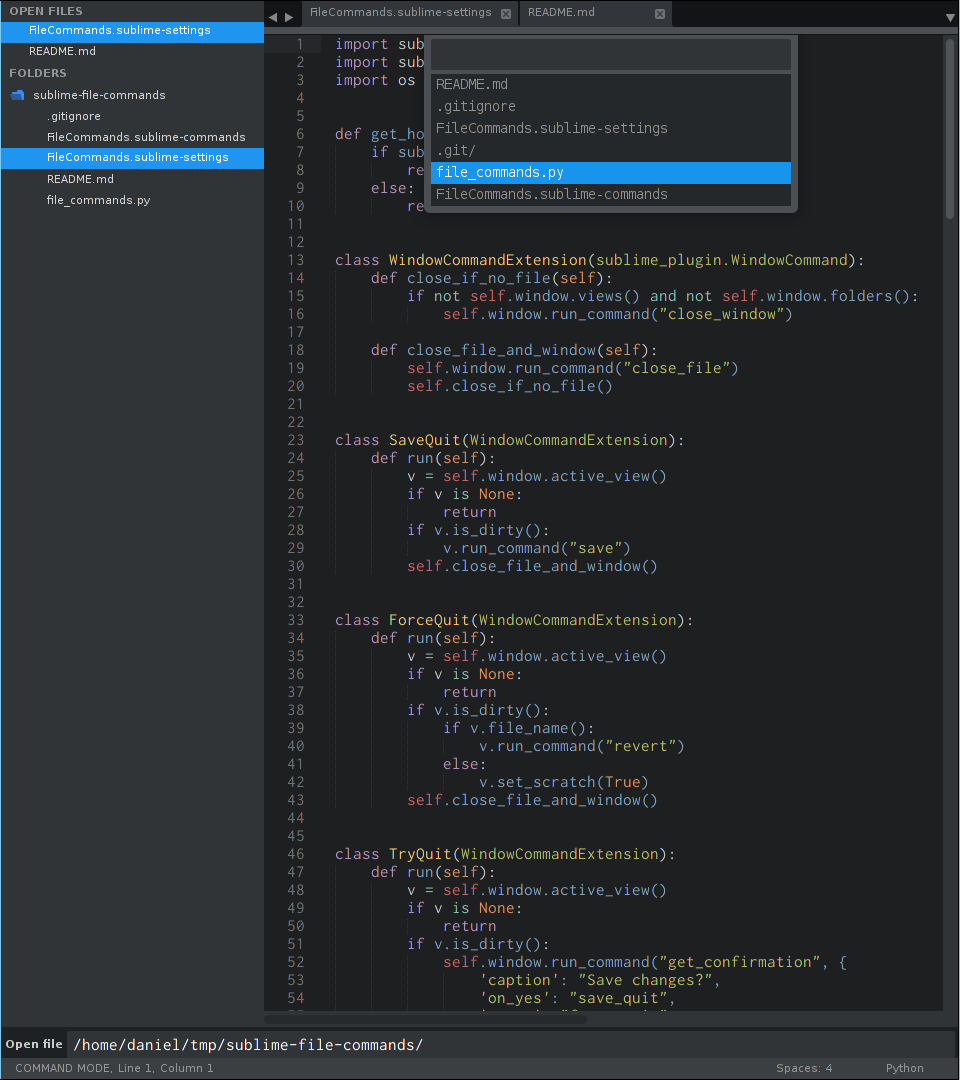

If you want to replace something with a string literal, keep in mind that the replacement value passed to esbuild must itself contain quotes.

Array and object replacement expressions are stored in a variable and then referenced using an identifier instead of being substituted inline, which avoids substituting repeated copies of the value but means that the values don't participate in constant folding. Replacement expressions other than arrays and objects are substituted inline, which means that they can participate in constant folding. Replacement expressions must either be a JSON object (null, boolean, number, string, array, or object) or a single identifier. Here is what a simple transform looks like:ĬLI JS Go echo 'let x: number = 1' | esbuild -loader=ts let x = 1 require( 'esbuild').transformSync( 'let x: number = 1', , sidecar files is ancillary, which means that it can override the files embedded metadata without overwriting it. This makes it ideal for use in environments without a file system (such as a browser) or as part of another tool chain. The transform API call operates on a single string without access to a file system. The form -foo is used for enabling boolean flags such as -minify, the form -foo=bar is used for flags that have a single value and are only specified once such as -platform=, and the form -foo:bar is used for flags that have multiple values and can be re-specified multiple times such as -external. If you are using the command-line API, it may be helpful to know that the flags come in one of three forms: -foo, -foo=bar, or -foo:bar. If you are using Go be sure to check out the automatically generated Go documentation. You may also find the TypeScript type definitions for esbuild helpful as a reference. If you are using JavaScript be sure to check out the JS-specific details section below. It's important to understand which one you should be using because they work differently. There are two main API calls in esbuild's API: transform and build. PEM file and upload it to the 'App integrity' page. A new zipped folder with the same name will be created in the same location. Press and hold the file or folder (or right-click the file or folder), select or hover over Send to, and then select Compressed (zipped) folder. To rename it, press and hold the folder (or right-click it), select Rename, and then type the new name. The concepts and parameters are largely identical between the three languages so they will be presented together here instead of having separate documentation for each language. Find the file or folder you want to compress. Press and hold the file or folder (or right-click the file or folder), select or hover over Send to, and then select Compressed (zipped) folder. The API can be accessed in one of three ways: on the command line, in JavaScript, and in Go. I found a fix, adding 'rtcConfiguration.bundlePolicy RTCBundlePolicy.balanced ' did fix the issue.


 0 kommentar(er)
0 kommentar(er)
